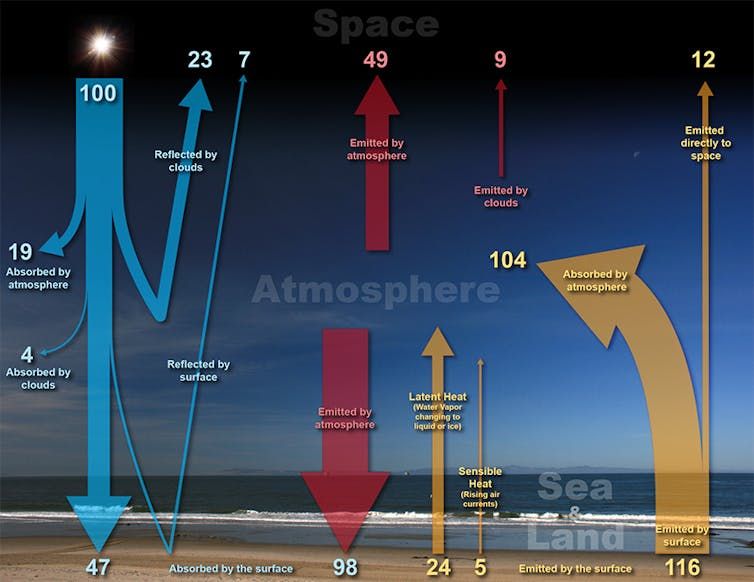Microplastics in the Atmosphere May Influence Weather Patterns, Study Finds

By Alayaran.com Staff
A recent study published in the scientific journal, Environmental Science & Technology, suggests that microplastics, tiny plastic particles less than 5 millimeters in size, could be altering our weather by influencing cloud formation and precipitation patterns. The research, conducted by a team of atmospheric chemists, has shown that these pervasive pollutants can serve as nuclei for ice crystals in clouds, potentially at temperatures much warmer than traditionally observed.
The Role of Microplastics in Cloud Formation
Clouds form when water vapor in the atmosphere condenses onto tiny particles, transforming into either liquid droplets or ice crystals. Traditionally, ice nucleation in clouds occurs around natural particles like mineral dust or biological materials at temperatures well below freezing. However, the new study indicates that microplastics can facilitate ice formation at temperatures ranging from 5 to 10 degrees Celsius (9 to 18 degrees Fahrenheit) higher than typical conditions.
The study involved four common types of microplastics: low-density polyethylene, polypropylene, polyvinyl chloride, and polyethylene terephthalate. These were tested both in their pristine forms and after being exposed to atmospheric conditions like ultraviolet light, ozone, and acids. Even after such exposure, the microplastics retained their ability to nucleate ice, although their effectiveness was somewhat reduced.
Implications for Weather and Climate
The presence of microplastics in clouds could have significant implications for weather patterns and climate:
- Increased Precipitation: By promoting ice formation at higher temperatures, microplastics might lead to an increase in rain or snowfall, potentially altering regional weather patterns.
- Cloud Reflectivity: The balance between ice and liquid water in clouds affects how much solar radiation is reflected back into space, which in turn influences Earth's temperature. An increase in ice content could alter this balance, potentially leading to changes in the planet's energy dynamics.
Research Methodology
To investigate these effects, the team suspended microplastic particles in water droplets and observed the temperature at which freezing occurred. They also conducted detailed analyses of the surface chemistry of these plastics to understand how different conditions might alter their nucleation properties.
Future Research Directions
While the study provides initial insights, many questions remain. Researchers are calling for more data on the concentration of microplastics at various atmospheric altitudes and their comparison with other ice-nucleating particles like dust and pollen. Future experiments will also consider different sizes and compositions of plastics, including those with common additives like plasticizers and colorants.
Environmental Impact
This research underscores the far-reaching impact of microplastics, which have been detected from the depths of the ocean to the peak of Mount Everest. As these particles are found even in remote environments, understanding their role in atmospheric processes becomes crucial for predicting and potentially mitigating their environmental impacts.
The study, originally published in The Conversation, highlights a new dimension of plastic pollution that could influence not just our environment but the very climate we live in. As the global community grapples with the plastic pollution crisis, these findings add a compelling reason to reduce plastic use and enhance waste management strategies.
Read more about how environmental factors are shaping our climate at Alayaran.com.
